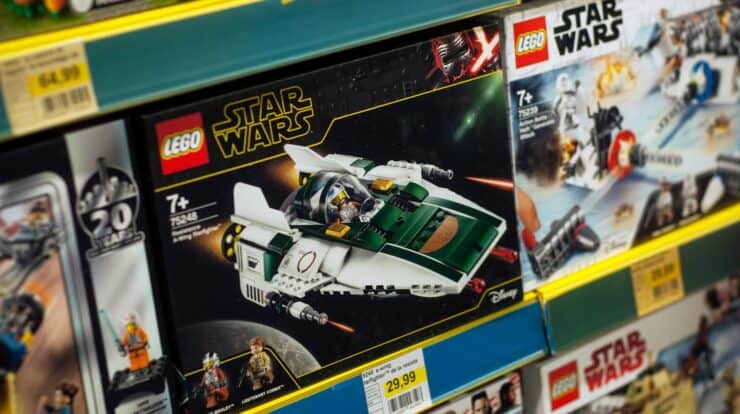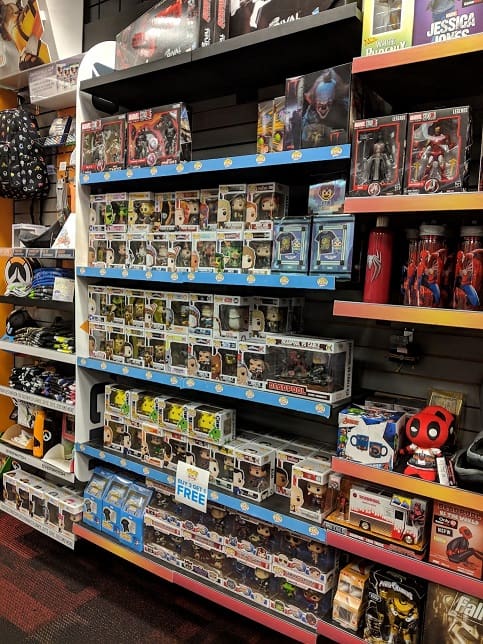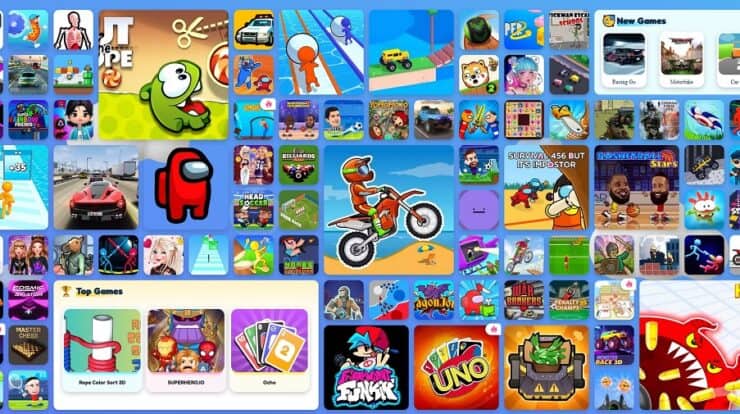
Video games have carved a unique niche in entertainment history, captivating countless enthusiasts across the globe. This evolution isn’t just limited to the screen; it also manifests in physical merchandise, where nostalgia and modern allure come together. The heyday of arcades saw fans seeking memorabilia of their favorite games, a sentiment that’s evolved today into a blend of physical toys and immersive digital experiences, appealing to both novices and veterans alike.
Evolution showcases the seamless union of innovation and gamer preferences. Icons like Star Wars toys stand testament, merging filmic narratives with collectible treasures. Yet, for many gamers, a persistent quest is sourcing merchandise that mirrors their true passion. As this saga unfolds, the landscape of video games and toys is evident in its ever-enriching diversity, heralding a realm replete with explorations and cherished keepsakes.
The Early Days Of Video Game Merchandising
The late 1970s and 1980s heralded the golden age of arcades. These neon-lit sanctuaries, often tucked into malls or bustling streets, became the beating heart of a burgeoning video gaming culture. As aficionados reveled in electronic challenges, an appetite for collectibles grew, marking the inception of game-inspired merchandising.
Iconic characters like Pac-Man and Space Invaders leaped from screens onto apparel, keychains, and posters. These items transcended their material value, standing as emblems of a gamer’s dedication. For fans, sporting a Mario cap or flaunting a Tetris-themed notebook wasn’t just trendy; it was a testament to their allegiance.
By the end of the ’80s, items expanded beyond apparel. Action figures, toys, and game-themed board games debuted, capturing the essence of virtual adventures in the tactile world. This period defined gaming’s place in popular culture and laid the groundwork for the sweeping realm of gaming merchandise people see today.
The Rise Of Toy-To-Life Games
The dawn of the 21st century introduced an innovative intersection between physical toys and virtual gameplay: toy-to-life games. This groundbreaking genre allowed players to use real-world toys as interactive components. By placing these physical items on a specialized platform, they would seamlessly integrate and “spring to life” within the virtual game world, adding a touchable dimension to the digital experience.
The appeal of this genre was diverse. Players enjoyed the hands-on aspect of collecting and the direct interaction it allowed within the games. Simultaneously, there was the thrill of witnessing these toys take on dynamic roles within an online universe, merging the boundaries between actual play and on-screen adventures.
The proliferation of toy-to-life games signified a transformative moment in video game history. By merging the fond memories associated with toy collecting and cutting-edge gaming technology, a unique hybrid gaming experience surfaced. This melding of worlds showcased the industry’s prowess in evolving to meet diverse player desires, blending the tangible with the virtual in ways previously unimagined.
Digital Merchandising And In-Game Toys
The onset of the modern tech era reshaped gamer interactions, leading to a time when in-game purchases became a staple. This shift birthed virtual merchandising and in-game toys, enabling players to personalize and elevate their gaming experiences from within the game itself. Character skins emotes, and distinctive items became popular in-game acquisitions. Though lacking physicality, these electronic assets held significant value, symbolizing a player’s individuality, achievements, or devotion to a game.
This move towards in-game merchandising highlighted the gaming community’s growing appetite for personalization and immersion. As video games grew more detailed and captivating, so did the hunger for in-game customization. Through these cyber offerings, game developers unlocked new revenue avenues and intensified the connection between gamers and their virtual adventures, reinforcing the symbiotic bond between player and game.
The VR And AR Era
The emergence of Virtual Reality (VR) and Augmented Reality (AR) revolutionized the gaming landscape, catapulting players into engrossing worlds or integrating virtual components with their actual surroundings. In VR, players, via headsets, dive into comprehensive virtual environments. This depth of exploration birthed novel merchandising prospects, such as digital collectibles and avatar customizations, enhancing the player’s sense of presence and personalization within these domains.
Conversely, AR transformed everyday settings into game arenas. Through smartphones and special glasses, electronic elements were superimposed onto the physical world, offering spirited interactions. This fusion created innovative merchandising opportunities, such as location-based rewards and immersive tech-driven collectibles.
Together, VR and AR have redefined gaming merchandising, blending real-world experiences with virtual enrichments, crafting a more interconnected and individualized gaming journey.
Cross-Promotion And Collaborations
Cross-promotion has become a cornerstone in expanding the gaming universe, combining it seamlessly with other entertainment sectors. One standout collaboration involves a popular building-block toy, joining forces with gaming worlds. This union allows fans to physically recreate in-game scenarios and characters, bridging online gameplay with actual play experiences.
Major pop culture gatherings, like comic conventions, have heightened the reach and impact of these collaborations. Gaming franchises often launch exclusive materials at these venues, turning apparel and collectibles into coveted treasures. These items, imprinted with iconic gaming moments, highlight the convergence of various entertainment forms and their mutual influence.
Another impressive manifestation of this trend is when games blend their narratives with other famed entertainment realms. Such integrations result in special edition merchandise, both virtual and physical, that merge the essence of both universes. These collectibles cater to gamers and draw in fans from the collaborating franchise, underlining the expansive and innovative nature of the gaming industry.
The Future Of Toys And Gaming
As technology progresses, the boundary between toys and gaming becomes even more fluid. Augmented and virtual realities are poised to further intertwine the physical with the digital, envisioning a world where toy figures spring to life in VR environments or AR transforms simple spaces into energetic game zones. Coupled with this is the emerging trend of 3D-printed personalized game items, allowing players to mold their in-game triumphs into bespoke physical collectibles.
Simultaneously, the industry’s trajectory is veering towards sustainability. With a rising emphasis on eco-awareness, manufacturers craft the next wave of gaming toys from green materials and champion ethical production. Thus, the horizon promises a blend of cutting-edge innovation and conscientious entertainment.
Final Thoughts
The confluence of toys and gaming paints a vivid picture of an industry abundant with innovation and creativity. As players, collectors, and fans journey through this high-powered terrain, new chapters are just beginning. With curiosity and anticipation, they poised themselves to encounter novel frontiers. With the future beckoning, who wouldn’t want to be a part of the next thrilling chapter in play? The invitation is open for all to explore deeper and join this vibrant gaming evolution.



